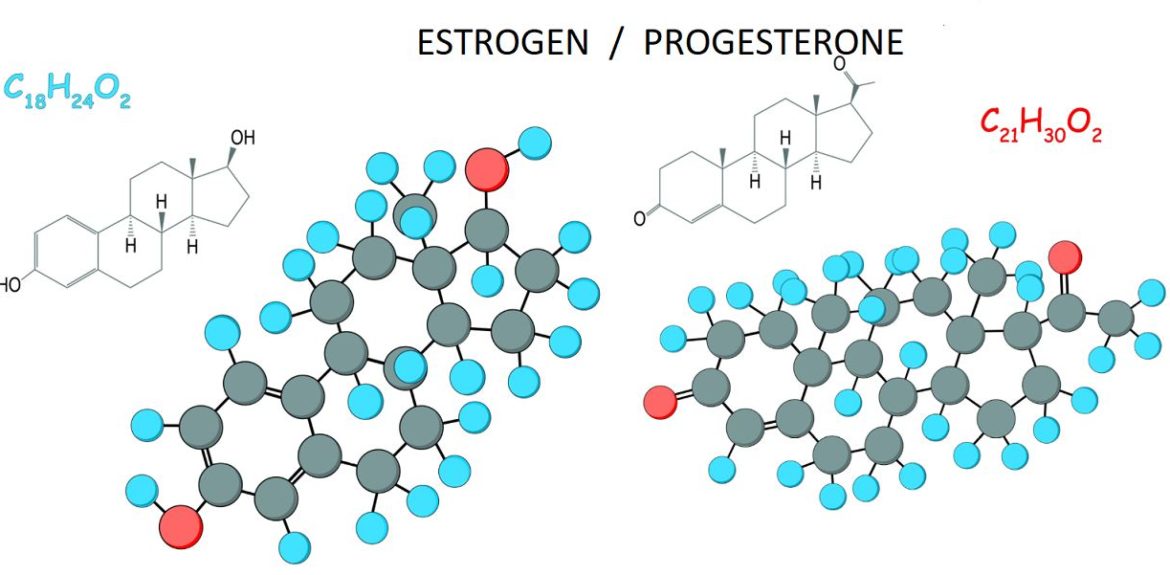HYPOTHESIS
ER, PR and AR signaling are deregulated during breast carcinogenesis in different ways in individual patients and provide targets for personalized prevention of disease progression.

Background & Significance
75% of all breast cancers are estrogen receptor positive (that is at least in 1% of the tumor cells stain for the estrogen receptor in the pathology laboratory). Many of these tumors also have the receptors for progesterone and testosterone but the role of these versus the estrogen receptor is poorly understood and they are currently not used for therapy. The patients are uniformly treated with drugs that inhibit the estrogen receptor, which have highly improved patient survival but some patients ultimately become resistant to these drugs and the disease comes back many years later. We will use new in vivo models with tumor cells from individual patients to test whether disease progression may be better inhibited in some patients by blocking the receptors for progesterone and/or testosterone. Identification of patient-specific responses to the different hormone receptor blockers will be the basis for more tailored, personalized breast cancer therapy.
Objectives
ESR2 will exploit intraductal PDXs from different patients to determine the importance of ER vs PR and AR signaling in ER+ BCs using genetic (shRNA) and pharmacological approaches (HR modulators);
ESR2 will establish global gene expression profiles of intraductal xenografts from obj. 1 by RNAseq;
ESR2 will characterize signatures for response to inhibition of different hormone
receptors;
ESR2 will use the gene expression signatures to identify biomarkers that predict patient response to different HR modulators.
Enrolment in Doctoral degree(s):
- Swiss Federal Institute of Technology
